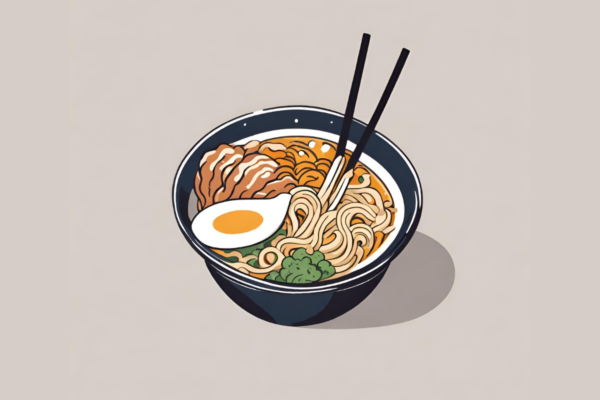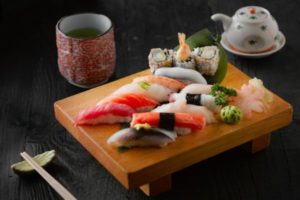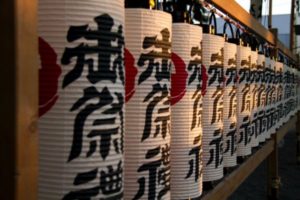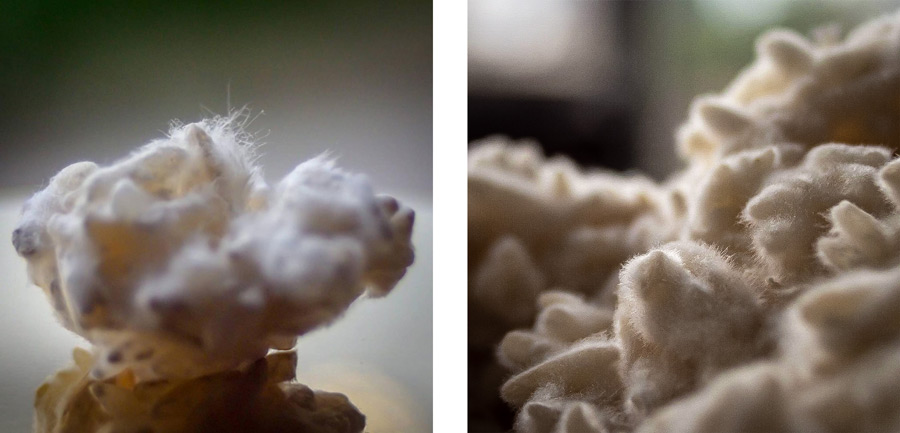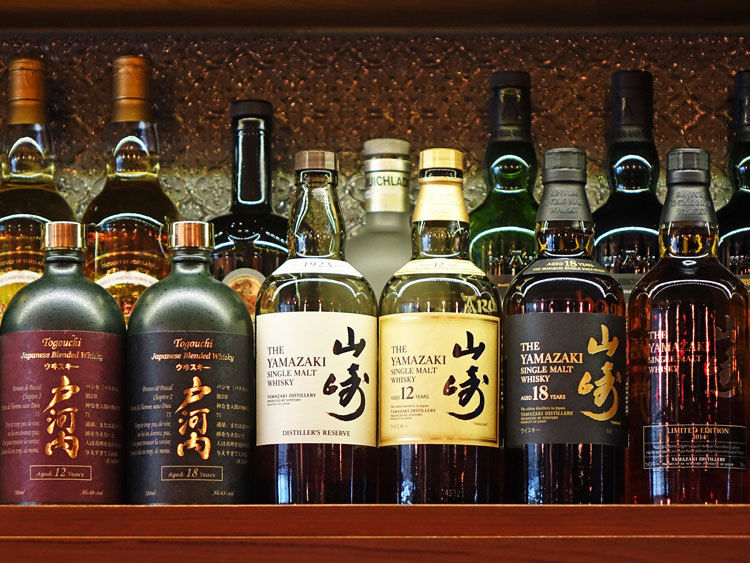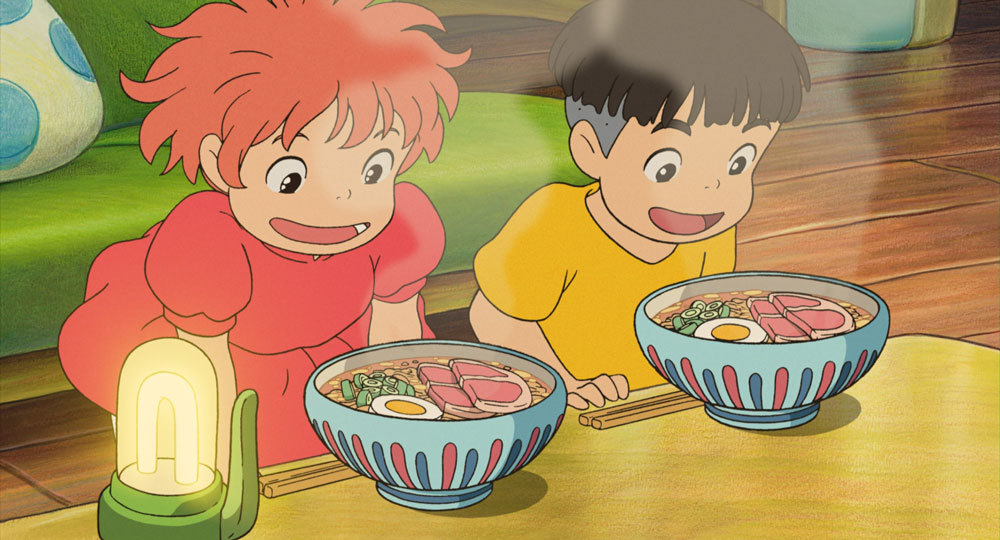Japan’s national mould: Koji, so integral to the Japanese diet that no meal in Japan is complete without it. Koji is a filamentous mould (moulds are a type of fungus), similar to the sort that adheres and grows on bread or oranges, feeding on it. Its favourite foods are grains such as barley and, you guessed it, rice!
Koji or Aspergillus oryzae combines with rice and barley to trigger chemical reactions that break down the grains and kickstart a fermentation process.
Koji is the lifeblood of Japanese cuisine; without it, we wouldn’t be able to enjoy the rich and profound umami flavours that we all love. Fans of soy sauce, mrin, miso, sake & shōchū have Koji to thank for their flavour adventures.
We salute Japan’s national fungus, a centuries-old mould that revolutionised Japanese cuisine and is still inspiring cooks and gourmands today.
The History Koji
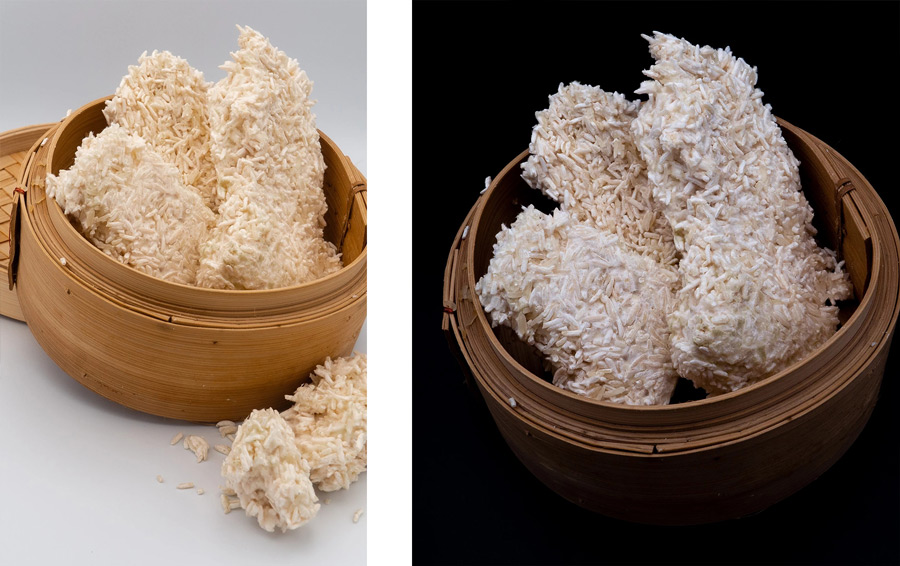
The Japanese are hands down the masters of fermentation. But the fermentation techniques actually originated in China two-three thousand years ago. Fermentation techniques were imported to Japan during the Yayoi period (B.C. 10th–A.D. 3rd).
Koji became widely available in Japan during the late Heian period (794-1185) and early Muromachi period (1336-1573), when fermentation truly took off.
The Brewing Society of Japan recognised Koji as “a valuable asset carefully nurtured and used by our ancestors,” in 2006, and was certified as Japan’s “national mould.”
The Beauty of Fermentation
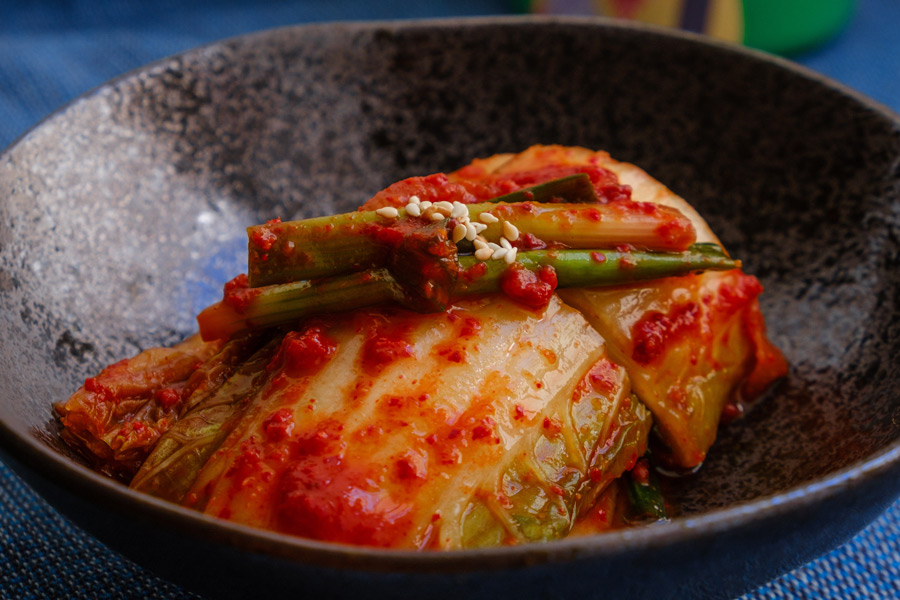
Fermentation boosts the flavour and nutritional value of foods while also making them more resilient and less susceptible to spoilage. The Japanese have taken full advantage of harnessing microbes to produce and preserve a wide variety of foods.
Flavour Enhancers
These microbes metabolise food to produce chemical changes that develop and release flavours throughout the process of fermentation.
Microbes intensify existing tastes by breaking down bigger, “less tasty” substances into a variety of smaller molecules, they can even produce new ones.
Fermentation flavours are influenced by a variety of factors, including the water and salt level, conditions, and the types of bacteria involved.
Health Benefits of Fermentation
Fermentation enhances food digestion, lowers the risk of certain diseases, and promotes gut health. According to a study, the fermentation process can generate vitamins, anti-oxidants, and compounds that reduce blood pressure and inflammation.
Bacteria present in fermented foods also aid in the breakdown and destruction of ‘anti-nutrients,’ which are chemicals that impair the body’s capacity to absorb critical nutrients.
Types of Koji
There are a few types of koji based on the grains used to grow the mould:
Rice Koji
Rice koji is the most common form of koji and is used to make a variety of fermented products like alcoholic beverages and cooking condiments.
The mould is added to the cooked rice which is then placed on wooden trays and fermented for up to 50 hours in a warm, humid atmosphere.
Koji is essential for the conversion of rice into sugar, which, together with yeast and a pinch of salt, is what allows sake to be produced.
Koji also influences the presence of umami in sake. While converting starch molecules into sugar, koji produces a variety of amino acids, most notably glutamate, which provides the savoury umami depth of taste.
Barley Koji
Koji is often used to make miso and shoyu (soy sauce) from barley and wheat.
Compared to rice miso, the barley miso has a more delicate flavour. Barley Koji is made from cooked barley treated with koji mould (koji kin).
Bean Koji
This type of koji is created by inoculating cooked beans with koji mould. It is generally utilised to make miso.
Shio Koji-rich Food
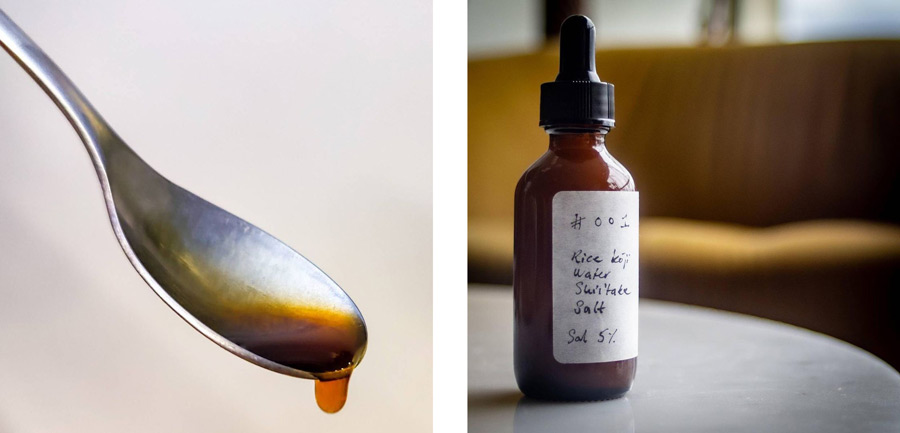
Shio Koji is used to season meals as a marinade or a salt alternative. Made from koji-fermented grains that have been combined with water and salt, and fermented again.
Koji Sauce & Koji Marinade
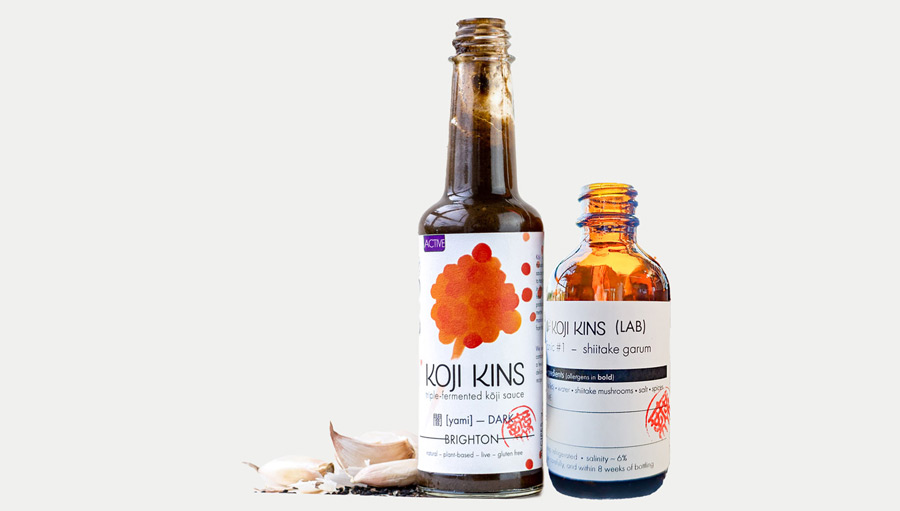
Creating fermented Shio-Koji based sauces produces umami-rich sauces comparable to soy sauce and versatile marinades.
The Koji sauce is considerably faster to make, and instead of contributing its own taste like soy sauce does, it amplifies the flavour notes of the food to its fullest potential.
Garum

Garum are a type of protein-based sauce that evolved from fish sauce. In fish sauce, enzymes from the guts of fish break down components, resulting in an amino-rich liquid in the presence of salt.
To achieve the same digestion result, Koji takes the place of these gut enzymes. Nowadays, creative variations are cropping up in kitchens all over, including Shiitake mushroom garum and bee pollen garum.
Curing Meat
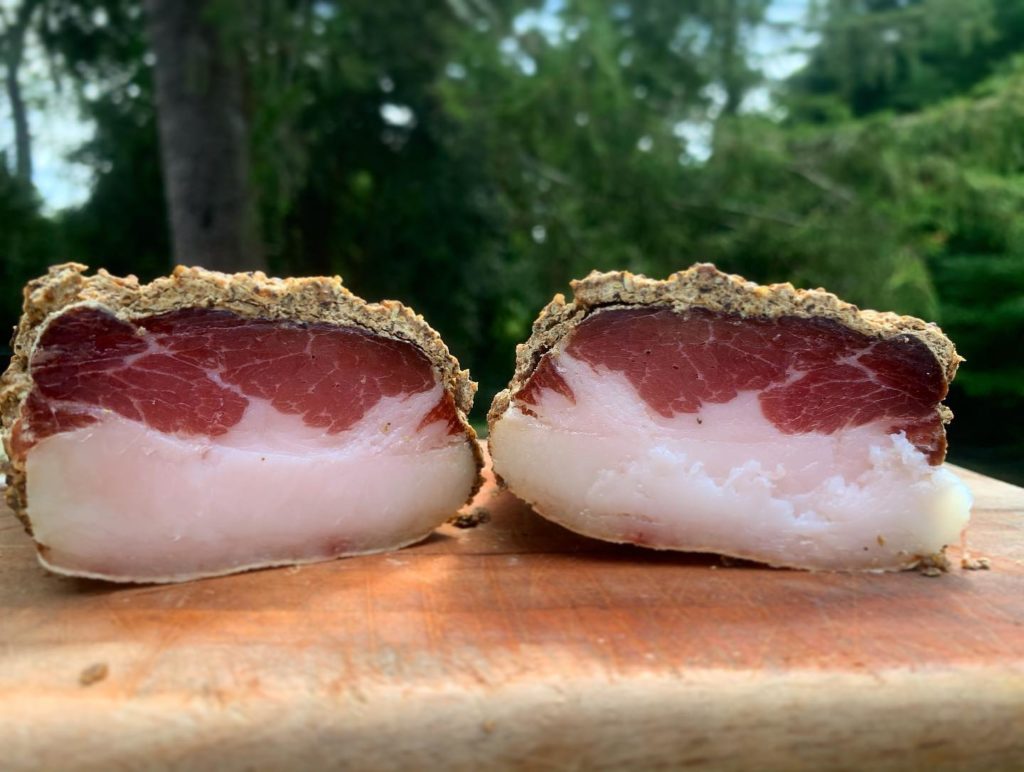
Koji-cured meat is becoing more common in Charcuterie.
The use of koji on meat has led to new gastronomic possibilities. Dry-aged flavours can be applied to fresh meats by growing koji directly on them to tenderise.
It is also used as a flavour enhancer and cure accelerator, as well as a protective mould.

Ramy and Victor, the Koji Kins, are two fermenting specialists who create delicious Koji based sauces and garums! B y combining gastronomic science, ancient Japanese culinary traditions, and a pinch of ingenuity; Ramy and Victor are leading the Koji Crusade in the UK.
Koji Kins employ 3 forms of fermentation that result in their unique condiments.
Dry Fermentation
The initial process of the Koji spores coming into contact with rice. Koji establishes a new home among the grains of rice after being kept at a particular temperature for 42 hours. The Koji mould looks pearly white, with a sweet honeysuckle aroma and a rich rice pudding flavour.
Enzymatic Fermentation
This is when the flavour cranks up to 11. The Koji mould combines with enzymes, which break down proteins into free amino acids and natural sugars. The Maillard reaction kicks in, resulting in nuanced sweetness and rich umami flavour.
The colours deepen, and a strong peanut butter and miso flavour develops, along with a fragrance of freshly roasted coffee.
Lacto-Fermentation
A process whereby the friendly Lactobacilli join the party. The sauces begin to boil, adding tanginess and fruit flavours to complement the vibrant flavour of Koji Kins. This can continue for many months in the bottle – it just gets better!













